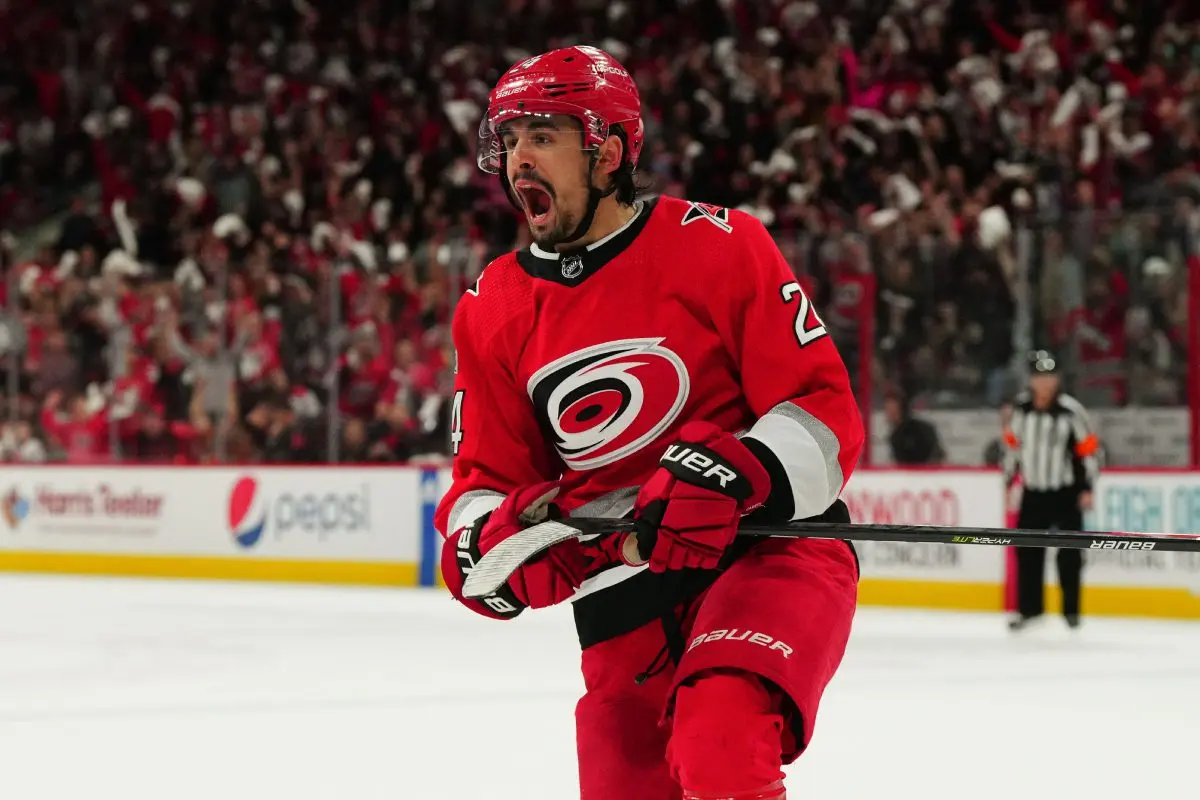SI
Registered User
- Feb 16, 2013
- 8,042
- 4,295
Not sure where to ask this question so coming here first-
88 m as the Cap limit - does this mean the revenue hope is about 5.6 billion (32x88)?
If so, the league projected about 6 billion this past season. With UTAH creating more revenue than AZ and no more Covid debt - could we see a revenue of 7B and if so will that mean a cap in 2025 that is closer 98 than just the 5%?
88 m as the Cap limit - does this mean the revenue hope is about 5.6 billion (32x88)?
If so, the league projected about 6 billion this past season. With UTAH creating more revenue than AZ and no more Covid debt - could we see a revenue of 7B and if so will that mean a cap in 2025 that is closer 98 than just the 5%?


